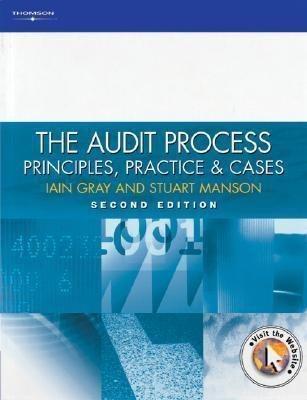Passage 2 Q3. The reading passage has six paragraphs. Match the idea with the paragraph. Note: There is one extra idea. (12 marks) 1. Is climate change to blame? 2. The changing weather pattern 3. Rain in the lifeless desert 4. Outlook of the future 5. A fertile environment 6. Celebrating the New Year in India 7. The destructive power of rain 8. A friendly competition The wettest place in the world is drying up A it's 1 January, and people in the town of Cherrapuni in the north-eastern Indian state of Meghalaya are celebrating. But unlike others around the world, they are not celebrating because it's the beginning of a new year. Meghalaya, which means 'Home of the Clouds', is one of the wettest regions in the world, and Cherrapuni has just beaten its neighbour, Mawsynram, to claim the title of the world's wettest town with a total annual rainfall of 12,262mm. B For the last 40 years, the average rainfall in Cherrapuni has been 11,952mm, although on several occasions it has exceeded this figure. In 1974 , the town had an annual rainfall of 24,555mm, the highest figure ever in one place in one year, and on 16 june 1995 it rained an incredible 1,563mm in 24 hours. Older people even claim that it once rained continuously every day for two years. The benefits of this rain are clear for all to see. Meghalaya state has a huge variefy of colourful piants and flowers There are fruit trees everywhere and green forests cover the hills. C But there is trouble in paradise because there are signs that Meghalaya's weather patterns are changing. Meteorologist Denis Rayen, who has spent a lot of time in the region, says that the area is warming up. The average temperature for the region during the summer should be 32C, but this year it has averaged a sweltering 38C. Furthermore, over the last few years, there has been a noticeable drop in the amount of rain. D 'It's too early to say what's going on, says Mr Rayen. 'But the evidence suggests that higher temperatures mean the whole area is experiencing less rainfall. We could well be seeing a change in our climatic conditions because of global warming.' it's not just the amount of rainfall, but also the pattern of delivery. In previous years, 98% of the rain fell between March and October. This year, the rains did not arrive until june.' The reasons, Mr Rayen says, could be man-made. 'During the last few years, I have seen much of the local forest disappearing as people cut down the trees. Deforestation is taking a toll. There is little now to stop rainfall rushing down the hills, destroying crops and flooding towns and villages lower down in the valleys. Harendas Das of the Indian Meteorological office believes that because of deforestation and shortages of ground water, parts of Meghalaya could turn into lifeless desert. If something is not done to stop the damage to the environment, he says, the wettest place on earth may soon be facing water shortages








